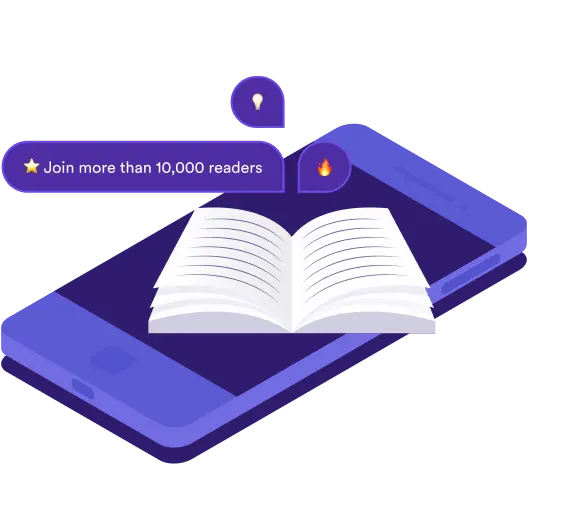Interested in SnackzLAB or SnackzAGENT? 👉🏼 This way!

Enjoying Snackz.ai?
Sign up!
or
I agree to the Privacy Policy and the Terms of Service.
Already have an account?
📩 Check your inbox!
A link to reset your password has been sent to your email address.
Reset Password
No worries! Just enter your email below, and we'll help you reset that password:
Enjoying Snackz.ai?
Sign up!
or
I agree to the Privacy Policy and the Terms of Service.
Already have an account?
📩 Check your inbox!
A link to reset your password has been sent to your email address.
Reset Password
No worries! Just enter your email below, and we'll help you reset that password:
Laszlo Bock
Where would you like to order?
Please select your country to proceed with the checkout.
⚡ Free 3min Summary
Work Rules! - Summary
"Work Rules!" by Laszlo Bock is a fascinating exploration of the innovative practices at Google that have revolutionized the workplace. Bock, the former head of People Operations at Google, shares his insights on creating a motivating and humanizing work environment. The book is filled with practical advice and real-world examples, making it a valuable resource for anyone looking to improve their organization's culture. From hiring smarter people to using data to predict and shape the future, "Work Rules!" offers a blueprint for building a better company.
Key Ideas
Empowering Employees
One of the central ideas in "Work Rules!" is the importance of giving employees more freedom and responsibility. Bock argues that when employees are trusted and given the autonomy to make decisions, they are more motivated and productive. This approach not only leads to better performance but also fosters a more innovative and dynamic workplace.
Data-Driven Decision Making
Bock emphasizes the use of data to inform decisions about hiring, performance, and management. By relying on data rather than gut feelings, organizations can make more objective and effective choices. This principle is illustrated through various examples from Google's own practices, showing how data can lead to better outcomes and a more fair and transparent work environment.
Hiring the Best Talent
Another key theme is the focus on hiring only the best and brightest, even if it means taking longer to fill a position. Bock explains that having top talent is crucial for a company's success and that it's worth investing the time and resources to find the right people. This idea is supported by Google's rigorous hiring process, which aims to identify candidates who are not only skilled but also a good cultural fit.
FAQ's
The main focus of "Work Rules!" is on creating a motivating and humanizing work environment by empowering employees, making data-driven decisions, and hiring the best talent.
Laszlo Bock suggests that companies should focus on hiring only the best and brightest, even if it takes longer to fill a position. He emphasizes the importance of investing time and resources to find candidates who are not only skilled but also a good cultural fit.
Data plays a crucial role in the practices described in "Work Rules!" by informing decisions about hiring, performance, and management. Bock illustrates how relying on data rather than gut feelings can lead to more objective, effective, and fair outcomes in the workplace.
💡 Full 15min Summary
Google's hiring process is a unique blend of data and human intuition. It begins with an algorithm that scans resumes, identifying common keywords. These keywords are then assigned a weight based on their frequency in successful and unsuccessful applications. This data-driven approach allows Google to identify patterns and trends that might not be immediately apparent to human recruiters.
In 2010, Google ran 300,000 rejected software engineer resumes through this system. The algorithm flagged 10,000 applications for a second review, resulting in 150 new hires. While this may seem like a lot of effort for a relatively small number of hires, the yield of 1.5 percent was six times better than Google's overall hiring yield of 0.25 percent.
Google's data-driven hiring process doesn't stop at the application stage. Interviewers also receive feedback on their ability to predict whether a candidate should be hired. This feedback is based on a record of the interview scores they have given in the past and whether those candidates were ultimately hired.
This approach ensures that Google's hiring decisions are as free of bias as possible. It also allows the company to continually refine its hiring process, learning from past mistakes and successes. The result is a hiring process that is not only efficient but also effective at identifying top talent.
Enjoyed the sneak peak? Get the full summary!
Let's find the best book for you!
AdvertisementSection.TitleNew
AdvertisementSection.SubTitleNew

Get the books directly into your inbox!
✅ New Release
✅ Book Recommendation
✅ Book Summaries
Copyright 2023-2025. All rights reserved.